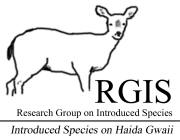

An overview of consequences
- Menu
- Home
- Haida Gwaii
- Introduced Species
- RGIS
- What did we learn?
- Research
- Publications
- RGIS symposium
- School curriculum
- Contacts
- English
- Français
|
|||
|
Pacific tree frogs were introduced at Port Clements in 1964 and by the
1980's had spread all over Graham and much of Moresby Islands.
|
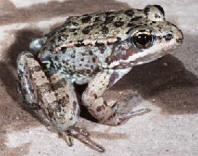 |
||
|
Muskrats
were released near Masset and in the Tlell area in the1920's.
|
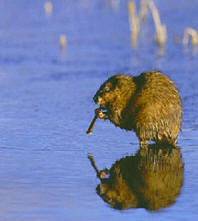 |
||
|
In 1929 and 30, 16
Rocky Mountain elk were released in Queen Charlotte City. They spread
out but are mostly established in the pontoons and muskegs of Graham
Island, althought there are also some on Moresby Island.
|
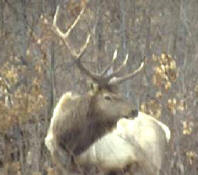 |
||
|
Birds have been
introduced to Haida Gwaii as well. Their impacts haven't been studied
extensively and most, such as the house sparrow are considered low
impact. |
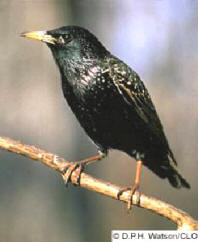 |
||
|
Feral animals are
domestic animals that have gone wild. There is quite a list of feral
animals on Haida Gwaii. |
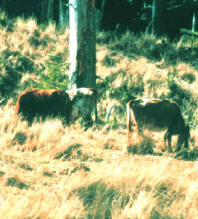 |
||
|
Rabbits were let loose
many times by early settlers. They don't appear to thrive on Haida
Gwaii but in other places in the world, including many islands, they have been known to cause
serious problems. |
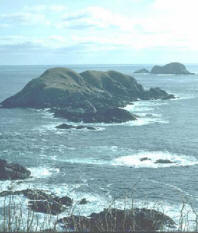 |
||
| return to top of
page |
|||